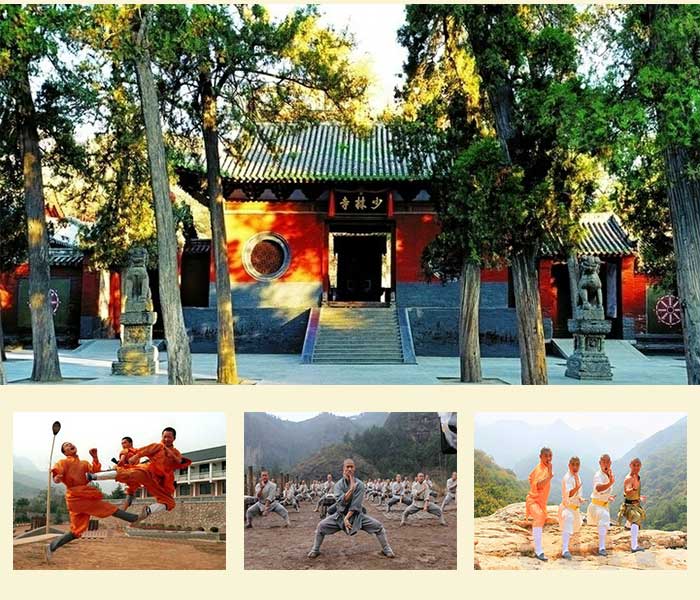
Email: shaolinschool@163.com
Mobile: (0086) 185 2790 7238
Website: www.shaolinwushu.net
Address: Shaolin Temple, Dengfeng City, Henan Province,China.

As the first Shaolin abbot, Batuo (Buddhabhadra) devoted himself to translating Buddhist scriptures and preaching doctrines to hundreds of his followers. Later, another Indian monk Bodhidharma arrived at Shaolin Temple, who was said to have crossed the Yangtze River on a reed. He spent nine years meditating in a cave of the Wuru Peak and initiated the Chinese Chan tradition at Shaolin Temple. Thereafter, Bodhidharma was honored as the first Patriarch of Chan Buddhism. As Chinese Kungfu also originated from Shaolin Temple, it has been recognized as the origin of Chan Buddhism and the cradle of Kungfu.
detailed introduction to Shaolin Temple’s Monastic Rules
Upon joining the monastery, there is the “Three Refuges and Five Precepts”, and the sramanera have to observe the “Ten Precepts”. For monks such as myself who have taken the upasampada ordination, we have to observe two hundred and fifty precepts, which do impose a lot of restrictions. The monastery also has quite a number of monastic rules and each branch has their own respective monastic rules, and the Teaching Hall, Meditation Hall, Dining Hall, Grand Hall and the Abbot Hall all have their own respective stipulations, which are very strict.
The reason that the monks voluntarily accept such large number of precept is that we the monastics abide by our faith. If one day we lose our faith, even if we enter the monastic order, we will still have many vexations. The fact about monastic life is that it is not as leisurely or as carefree or as poetic or as charming as some people may think. Those in the monastic order also have to face many real problems, and they could easily fall into a new round of vexations if their faith is not strong. Contrarily, if their faith is strong, all problems will be easily resolved.
